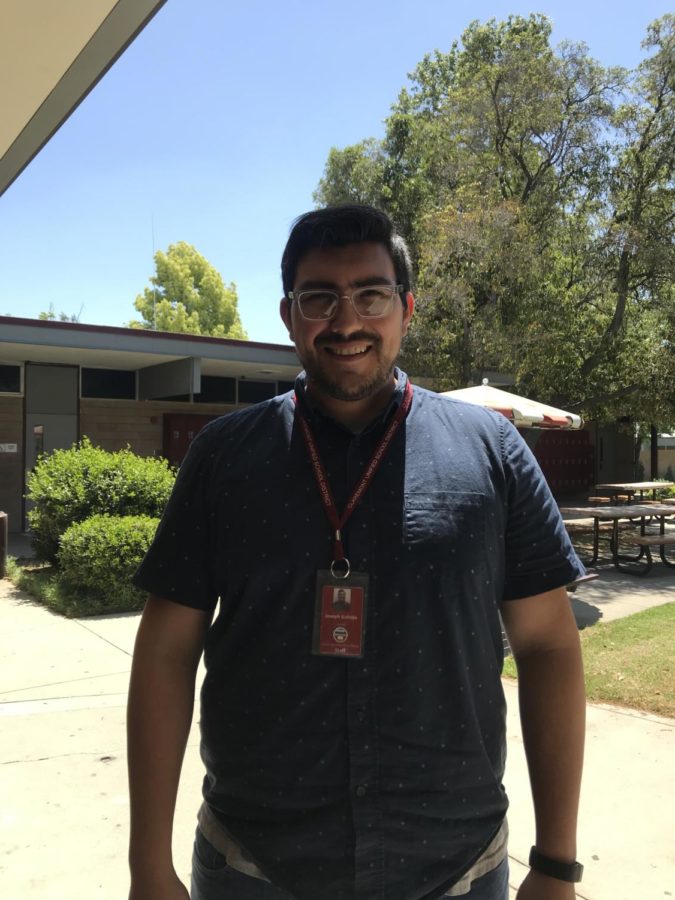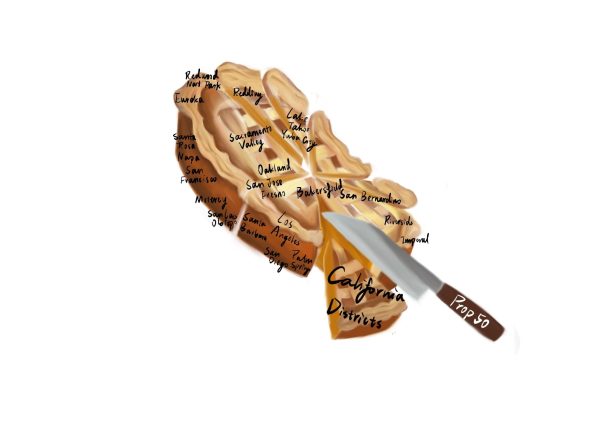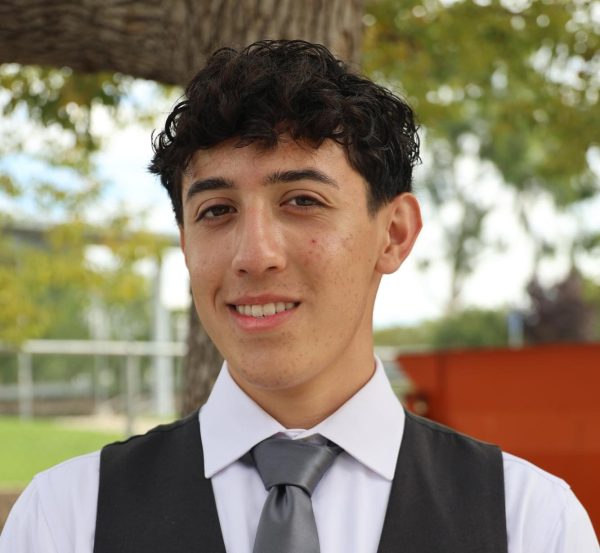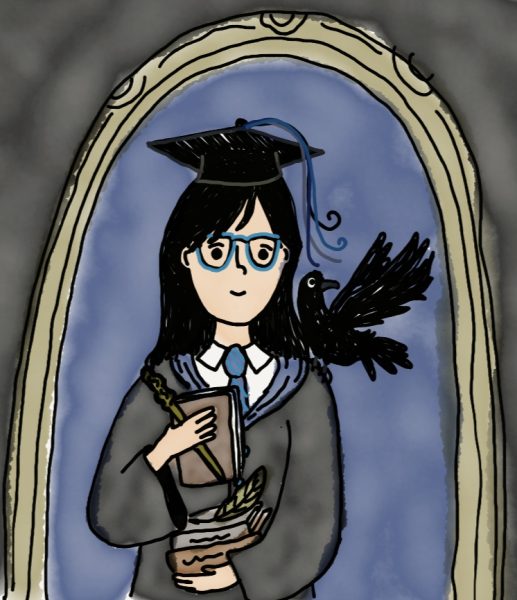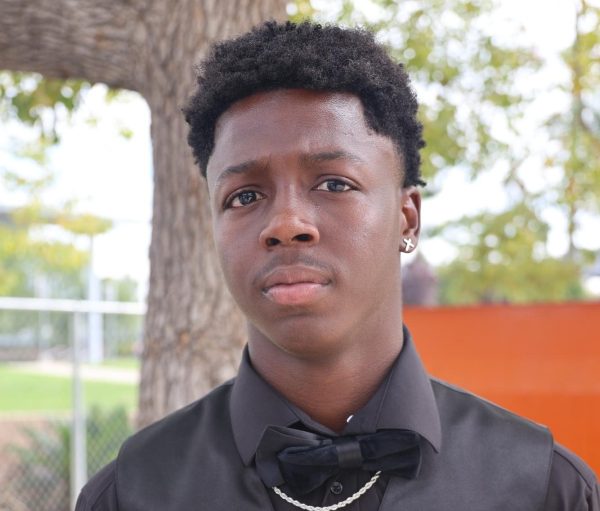A Day in the Life: Special Ed
The rain imbues the black trim around the windows of the bus with an empty sheen as a hooded head turns to follow its trajectory into the CHS south parking lot. The hooded head thinks nothing of it, but that is what is remarkable. CHS General Education students are far removed from their Special Education counterparts, and this article aims to serve as a windshield wiper for the yellow “FIRST STUDENT” bus, providing the General Education community with a window into the daily lives of CHS Special Education students.
Economics and Government teacher in the Essential Skills (ES) Program, or Special Education Department, Joseph Galindo highlights the normality of ES students.
“A special needs student is described first as a student, then as a student who has a disability which demands special accommodations in the classroom,” Galindo said. “Whether it’s more time to finish tests or more time to finish assignments, it’s important to identify that they just have certain things they need help with.”
When the bell rings at 7:55 a.m. (or 6:50), ES students report to their first class, learn the same material as General Ed students, and talk about the same things as General Ed students. The days of an ES student and a General Ed one are almost identical. The only real difference in Special Ed classes is that teachers are able to teach some sections faster or slower than they would be taught in General Ed. On cue, in response to the grumbling in the stomachs of all CHS teens, a bell rings and General Ed and Special Ed students alike pour out into the hallways, all on their way to a rendezvous with friends or a long wait in the lunch line. When the bell rings signifying the end of lunch, every student lingers a moment talking to friends, then walks reluctantly to report to their sixth period class. After school, according to Galindo, his students join the ranks of various extracurricular groups: sports, dance, and more. Galindo also highlights the communal aspect of the program.
“Our students that are in mostly ES (which is Essential Skills) classes have been together in these cohorts from freshman year to senior year. I think the favorite part of their day is that they become like a family, much like AVID,” Galindo said. “In class, they really feel safe and secure and in an environment where they feel like they can be themselves, and like they’re understood.”
They also have small class sizes of 15 to 20 kids per teacher, and Galindo explains that this is both a curse and a blessing. A community in which the teacher can serve the needs of each student is fostered, but it would be good for them to branch out and join clubs. Galindo suggests that students of the larger population could present in ES classes about the clubs available at CHS, as “a means to build a bridge or a relationship between the communities here at CHS.”
However, it is evident that the benefits of the small class aspect outweigh the downsides. These small groups are kept together over the course of each day in addition to the students’ whole time at CHS. This creates a tight-knit family in which students feel accepted and whole, despite their individual differences.
One concern held by ES students is that there are not enough adequate elective choices, Galindo says. Most electives offered at CHS are geared toward those who plan on going to college after high school rather than straight to the job industry. And although there are some ES students who plan on attending college and take part in General Ed classes, the bulk of the Special Ed population plans on getting a job after high school. So, it would be more useful for them to take Regional Occupational Program (ROP) classes, which students now have to get an adult to drive them to. If CHS offered just a few more ROP classes, it would make all the difference for students unable to drive to another campus.
Galindo makes plain weird phrasing that his favorite part about teaching in the program is being able to, in a smaller setting, ask his students what they want to learn—not necessarily about economics and government but about life after graduation. He is able to integrate things called “life skills” into his curriculum, something both he and his students appreciate.
“To be able to teach that in class, and to see students’ faces … that’s what I live for— to really just give students not only the curriculum but skills that will help them in life,” Galindo said.
Hello there! Our goal is to provide relavent, engaging journalism for readers of all ages. Your donation will support the student journalists of the Wolfpacket at Claremont High School, and will allow us to purchase equipment, print our monthly issues, and enter in journalism competitions. We appreciate your consideration!
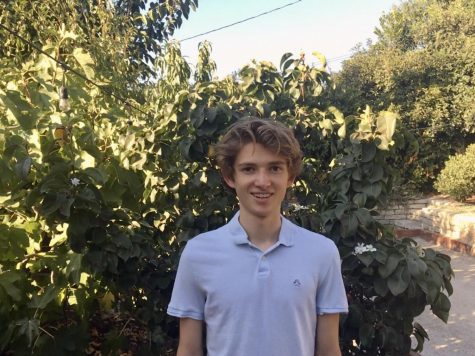
A senior in his third year on the Wolfpacket staff, Rowan Orlijan-Rhyne, occasionally referred to as Rowan “Orange Rind” by his Wolfpacket peers, strives...



